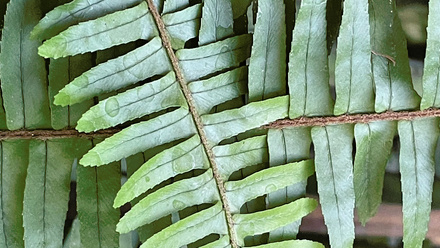The Pitt Rivers Museum collection is home to over 7000 musical instruments from around the world, from archaeological bone flutes to electronic keyboards.
Over 400 instruments in the Pitt Rivers Museum collection are made from bone or ivory, and they are often requested to be played by members of originating communities, researchers and students.
Unfortunately, many of these instruments are either too fragile to be played and risk being irreversibly damaged or have been shown to be contaminated by old pesticides treatments which now pose a health risk to anyone wanting to play them. Especially for mouth blown instruments.
In 2019 the conservation department sought to test the latest 3D scanning and printing technology to see if this could offer an acceptable alternative to playing the historic musical instruments in the collection. The ‘Plastic Fantastic?’ project tested various printing methods and materials to see if it is possible to replicate the experience of playing the instrument as authentically as possible, so that it not only looks and feels like the original, but sounds like it too.
Did we succeed?
Building on the findings of the 'Plastic Fantastic?' project, an MSc research study focused on the replication of a Palaeolithic whistle from the Pitt Rivers Museum collection, with the goal of reproducing a sound that is roughly 12,000-17,000 years old. The whistle shared the same problems as many of the musical instruments in the museum collection, with signs of heavy metal contamination and a fragility making the sound inaccessible to the museum's audience. Together with the results from the 'Plastic Fantastic?' trial, this research presents a new possibility for future work around accessing the sound of historic instruments at the Pitt Rivers Museum.



